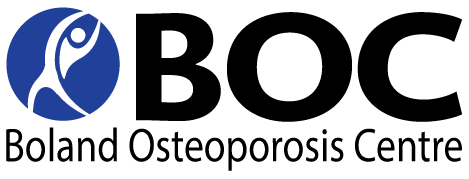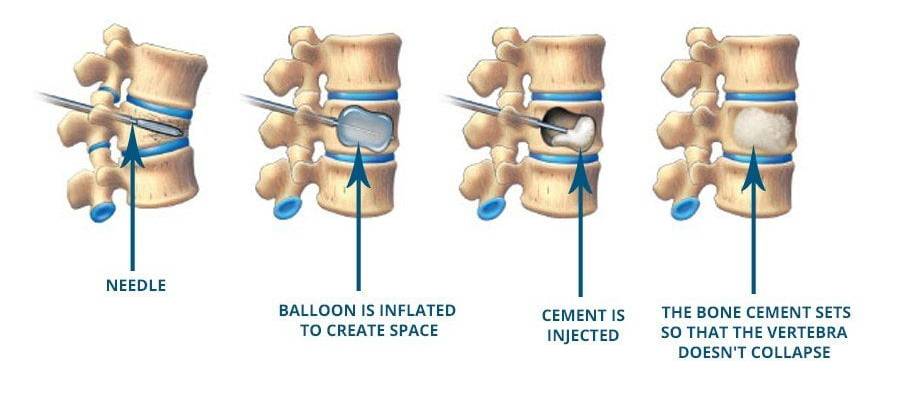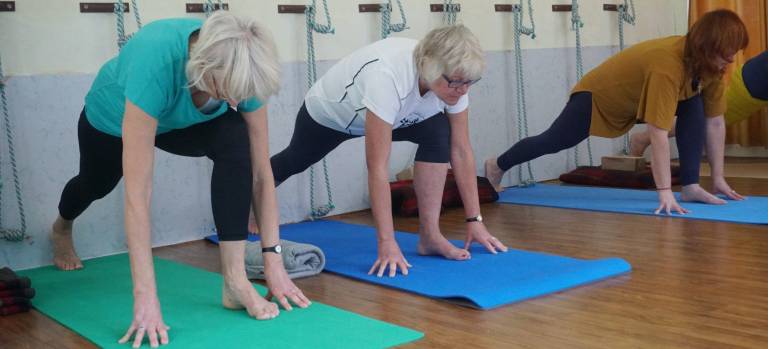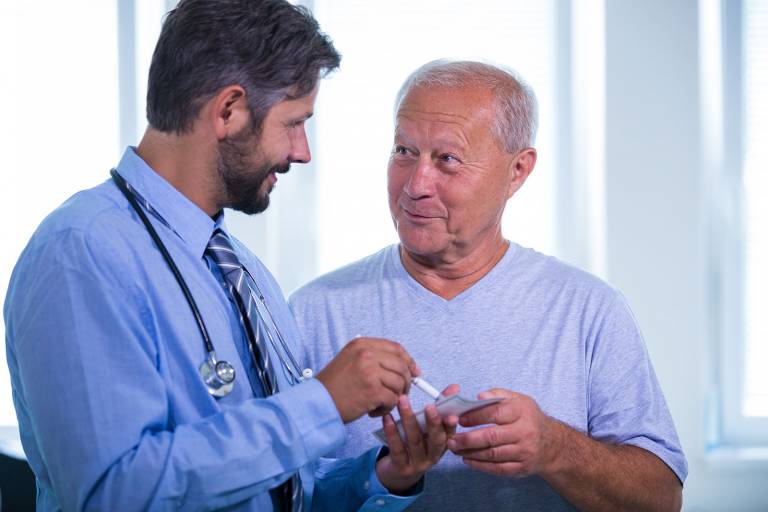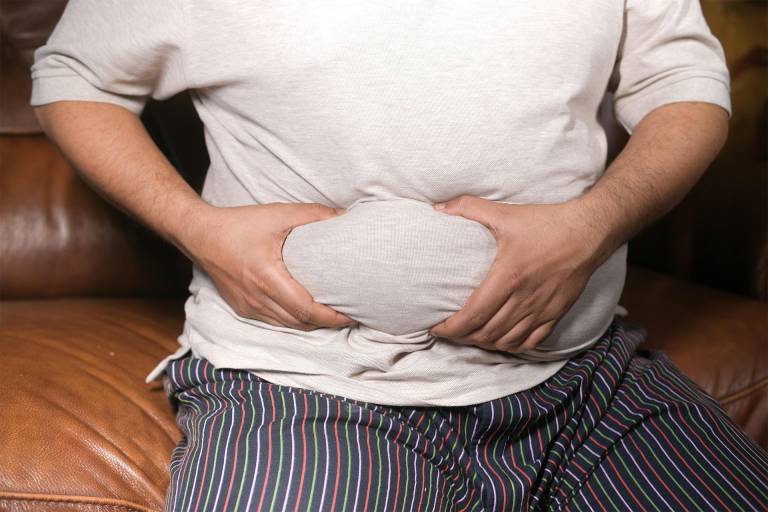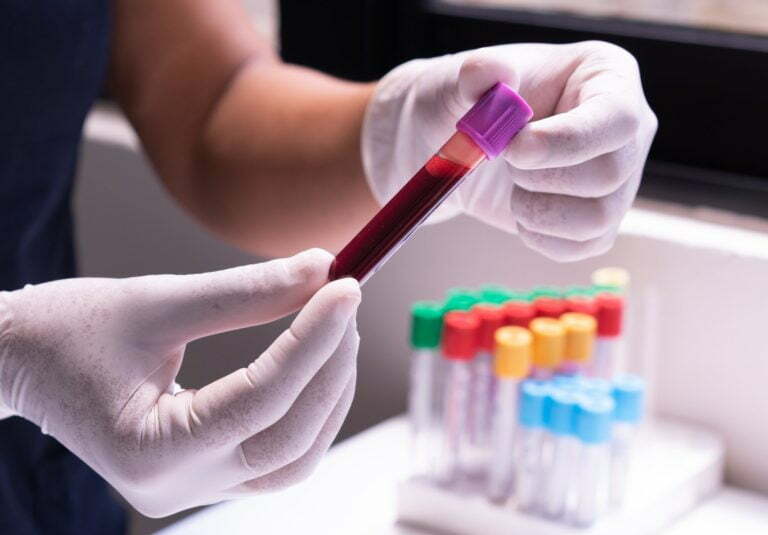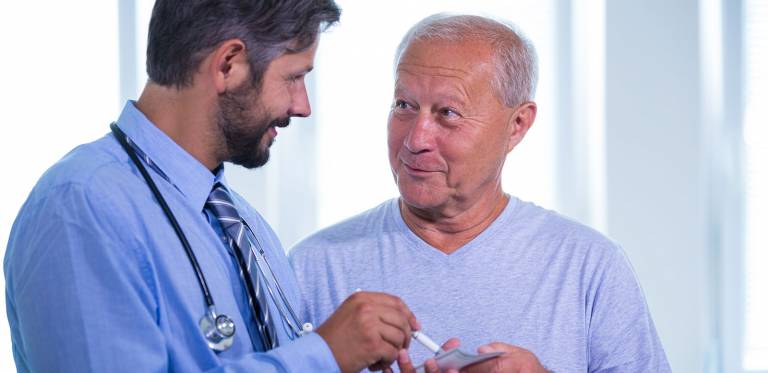Treatment of the symptomatic patient
a. We recommend that the symptomatic acute vertebral fracture syndrome be treated with conventional analgesics and supplemented with heat pads and ice packs.
b. The utilisation of physiotherapy, hydrotherapy, gradual mobilisation and back rehabilitation.
c. Given the current state of our knowledge, the use of specific bone-active drugs, like calcitonin, for the treatment of the symptomatic vertebral fracture syndrome does not appear to be cost-effective, and cannot be recommended.
d. Based on current medical evidence and, in particular, the recently published randomised sham-operation controlled trials, the use of vertebroplasty cannot be recommended at present. Although firm evidence-based recommendations will have to await further studies, we suggest that balloon kyphoplasty be considered if severe back pain persists for six weeks following a vertebral fracture, particularly if the loss of vertebral height is no more than 50%, and a STIR-MRI reveals the presence of bone oedema suggesting a recent fracture. Earlier intervention may be considered where the loss of height is more than 50%, whereas the absence of bone oedema on STIR MRI may require that a more conservative wait-and-see approach be considered.
Reference:
JEMDSA 153 2017; 22(1) (Supplement 1)
